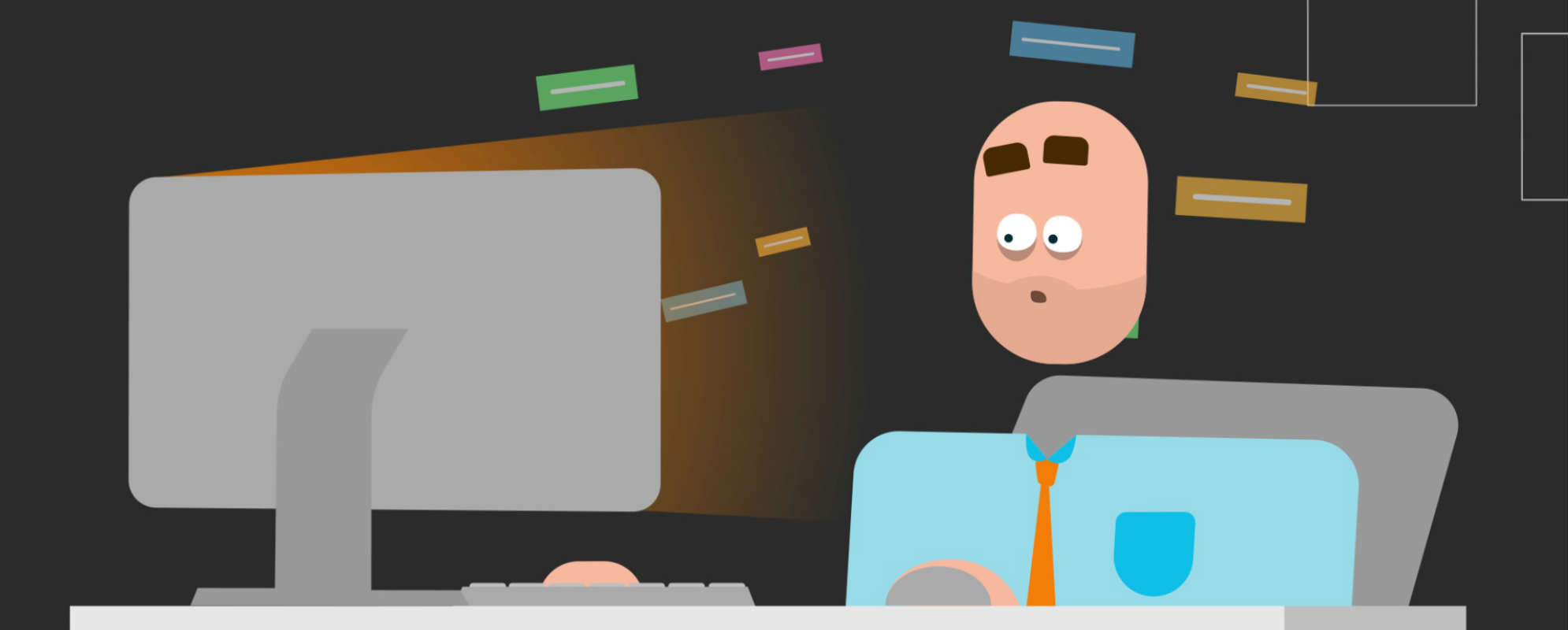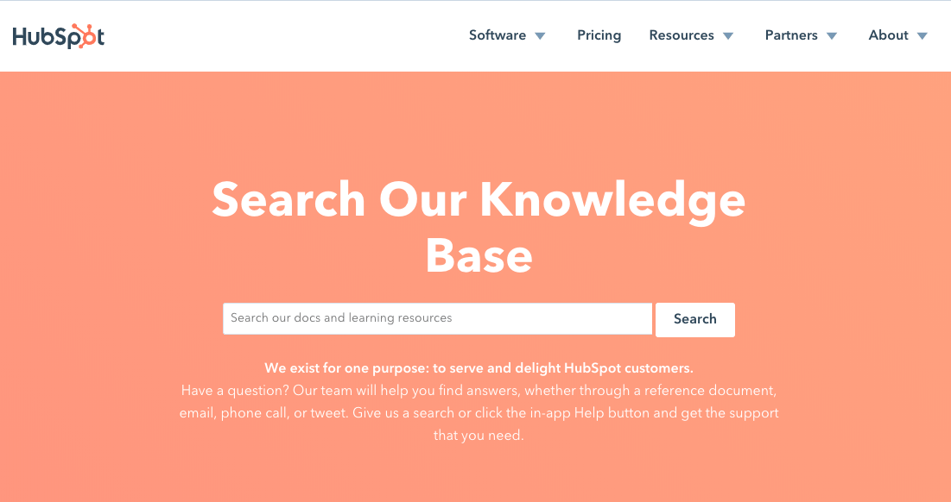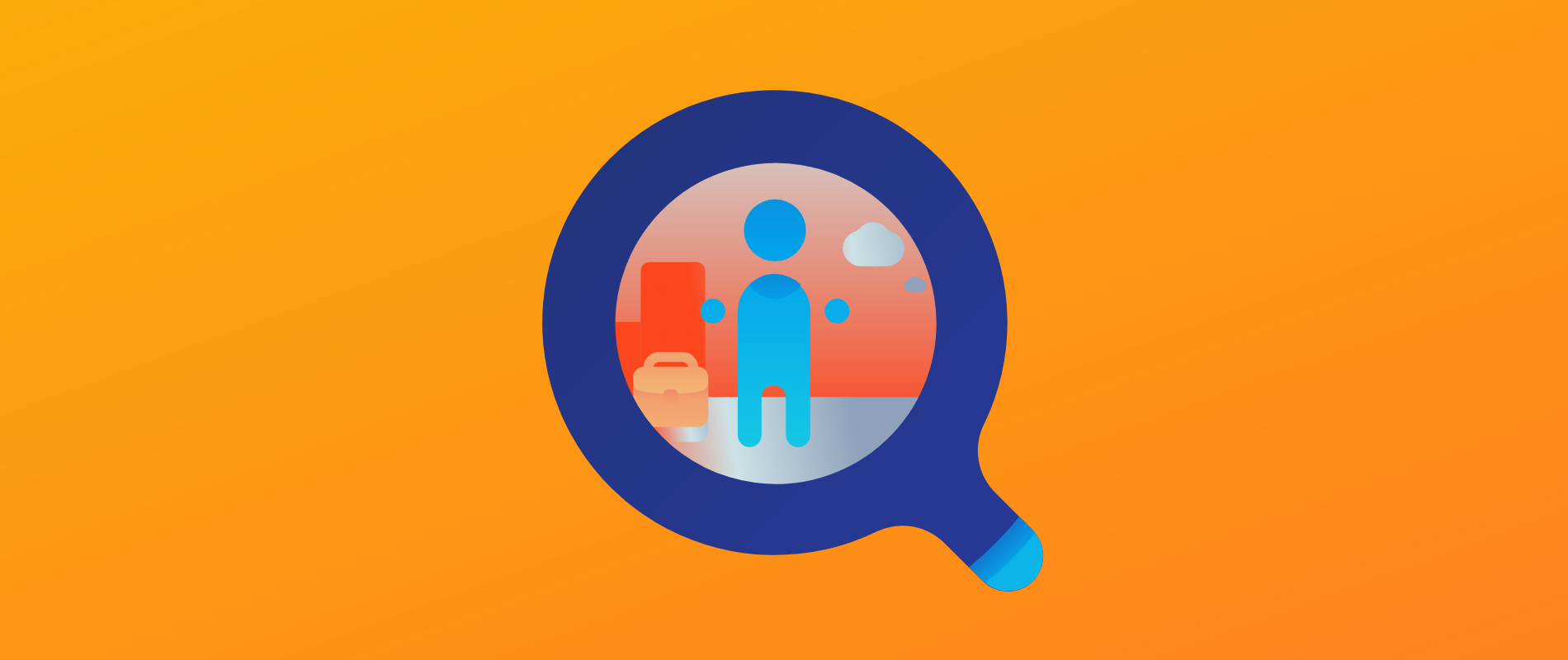
Get weekly
HubSpot updates
What's the big deciding factor when it comes to SaaS buy-in? User onboarding, of course. The benefits of your software become irrelevant if your customers can't get to grips with actually using it.
Frustration is a confidence killer, and if users are finding it hard to use your software with very little support, they are unlikely to continue.
What's super important to note is that onboarding begins long before your customer activates your software. You should view yourself as a bit of a cheerleader. Every step that a lead takes through your website is an opportunity for you to get them excited about using your product. The information you lay out on your web pages should enhance the user experience (UX) and encourage commitment. But they'll only be happy to do this if they feel like they can quickly get a handle on how your product works.
So get your pom-poms out, and let's learn about the things you can do to start improving your new user onboarding process.
#1 Light the way towards activation
Once the customer is on the path to signing up, they need to enter a content sequence that directs them towards software activation. Use the boring parts like populating fields with name, country, company and position to trickle in inspiring testimonials from happy customers. Make the new customer feel like they are joining a satisfied community of users.
Once they've done the admin, take them through a demonstration or product tour. Let them pick up the basics and get accustomed to your interface. Use checklists to show what stage of the activation sequence the customer is in to create a sense of progress. Clarity is essential at this level, so be sure to use this opportunity to build trust and to make the customer feel comfortable with you as a business.
#2 Personalise your tips
During sign-up, you should have asked your customer some questions to gauge who they are and where their interest in your product stems from. Depending on your software's adaptability, this kind of information will enable you to customise your interface and features for that particular customer.
At onboarding level, personalisation is crucial to retain engagement. You can use the customer's identified preferences to offer specific guidance. This kind of attention to detail will help customers to get value from your product's features faster.
To facilitate personalisation at onboarding, here's the information you need to extract:
- What does the customer hope to achieve by using your tool?
- What language do they prefer to receive information in?
- Has the user had previous experience with your product?
- How can you provide the user with a quick-win at the initial stage of navigating through the application?
Tailoring your SaaS offering allows for a more rewarding UX and a less challenging onboarding process for the customer.
#3 Monitor disengagement and react promptly
Disengagement can be hugely problematic for SaaS businesses. However, inbound marketing practices can go a long way to counteract this issue. If you've captured high-quality leads, your churn metrics should be relatively low. This problem only crops us if you've stopped offering valuable content after you've made your sale.
Sure, you may have sold the customer on the benefits of your product's features. However, you still need to send relevant content while they configure your software. Share insights and practical tips to help the buyer gain confidence in using your tools.
To prevent disengagement, create email nurtures that arrive timeously into the user's inbox. The content of these emails needs to align with the customer's current level of expertise. This will not only prompt interaction with the software, but it also shows that you are invested in the customer wholeheartedly.
You can also take measures to prevent churn in-app by setting up automated messages to guide the user through the software's features.
If you're sending emails, make sure to keep them in context and don't send them too often. Only send high-value content that is tailored to the customer's real-time user activity.
#4 Test your process
Cloud-based software allows developers to access essential engagement metrics. By studying this data, you can identify any shortfalls. It's vital to keep an eye on the metrics as well as any user feedback you get. If you don't, your product development will stagnate, and your onboarding will suffer.
Analyse your product regularly. Check that some of your features aren't acting as hurdles – this might give you the incentive to create a more useful tutorial for this section.
 HubSpot have a comprehensive Knowledge Base for its users.
HubSpot have a comprehensive Knowledge Base for its users.
Check forums and speak to customers to ensure that your FAQs truly address their needs. It's very likely that you may have missed a content offer opportunity at the initial stages of developing your onboarding process. After all, you can never really know how an individual utilises your product. This is particularly true if you cater to many different industries.
The key takeaways for a successful user onboarding are:
- Have a clear path from the onset. Use engaging graphics and customer testimonials to encourage buy-in and a sense of achievement.
- Personalise the software's features for the customer based on the information they have shared with you.
- Don't wait for churn to happen. Monitor engagement and prepare relevant content to keep educating new users. This is achievable through handy video tutorials, blogs, and quick tip emails.
- Aim for continuous improvement. Use data and feedback to make real-time adjustments to your content offers or even your software updates if necessary.
A successful onboarding process is one where you prioritise positive customer experience (CX). Understanding your buyer persona and addressing the pain points that sparked their interest in your product is the best way to encourage active engagement.
Many SaaS businesses only formulate an onboarding strategy at the end of all their other marketing efforts. This approach can be ineffective because how you welcome customers is often the cornerstone to success. The initial experience of navigating your app's interface is what creates evangelists.
Why not let our team of expert content creators assess your current onboarding process? As SaaS growth specialists, we can apply our knowledge to your onboarding strategy and help to drive down churn. Schedule a no-obligation call with us today.

